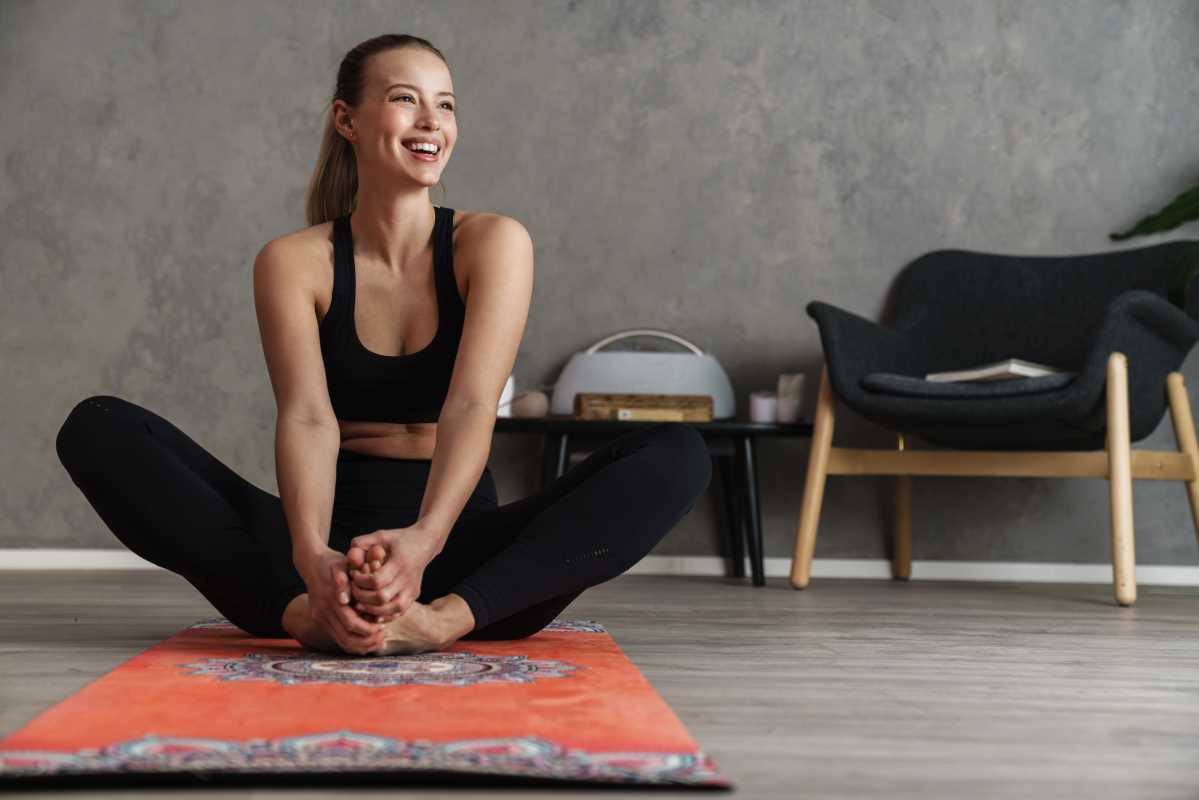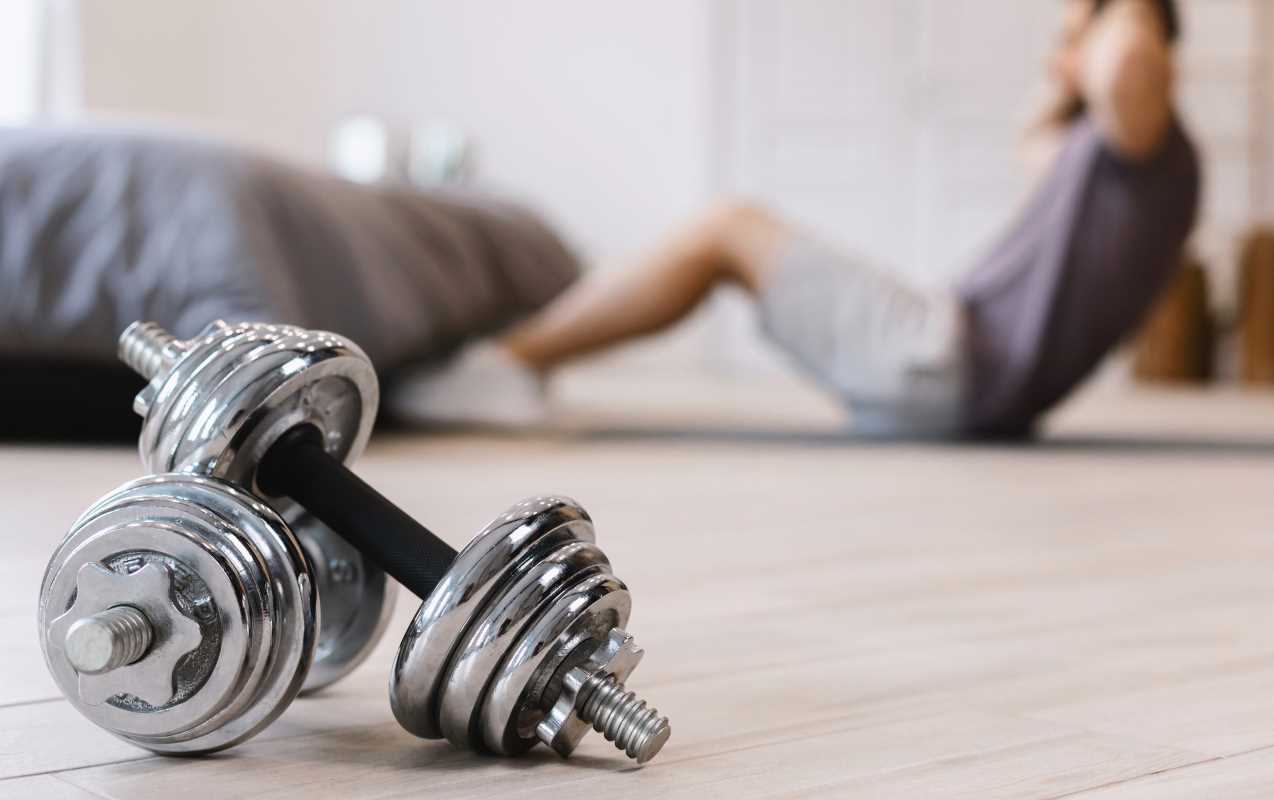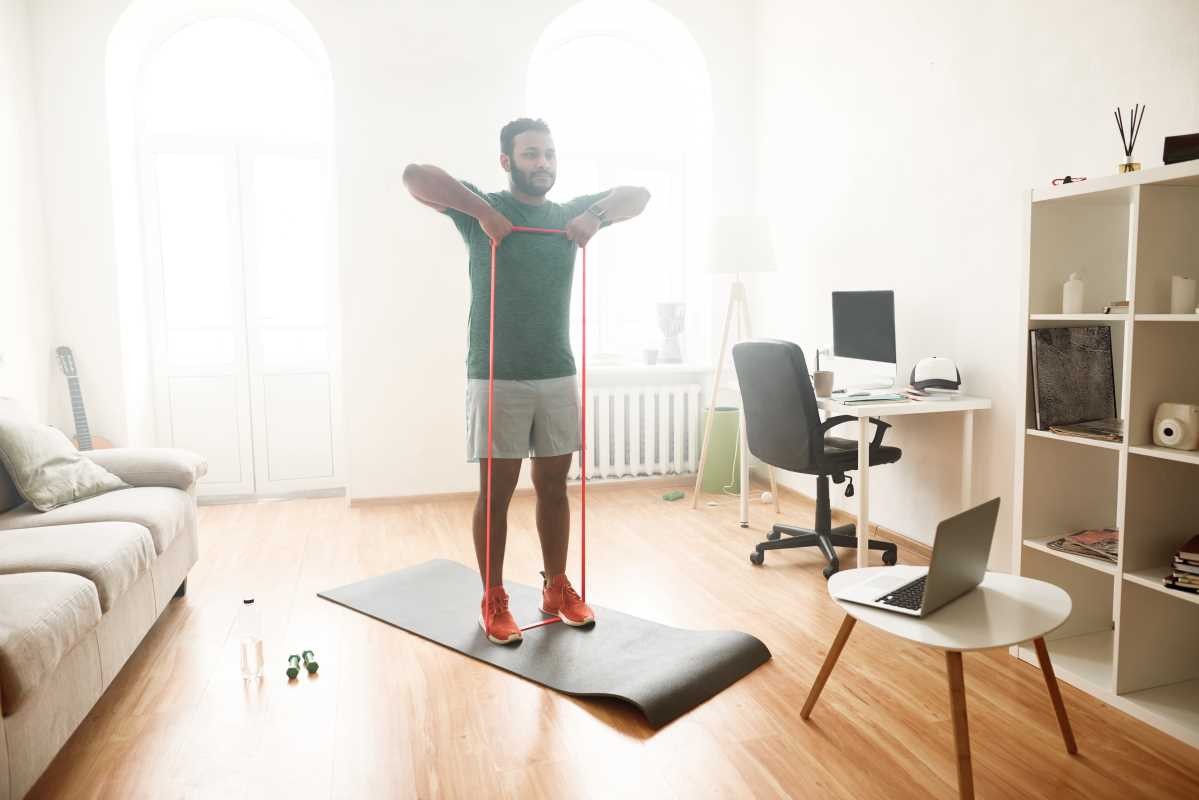Living in a tiny apartment doesn't mean you have to compromise on your fitness goals. Whether you're new to strength training or looking to maintain your current regimen, finding effective ways to work out in limited space and with minimal equipment is entirely possible. With a bit of creativity and dedication, you can build strength and stay healthy without needing a full-fledged home gym.
The Importance of Strength Training at Home
Strength training offers numerous benefits beyond just building muscle. It improves bone density, boosts metabolism, and enhances overall functional fitness, making daily tasks easier. Incorporating strength exercises into your routine reduces the risk of injury and supports joint health. Moreover, maintaining a strength training regimen at home provides the flexibility to work out on your schedule, eliminating the need for gym memberships and commuting time.
Exercising at home allows for a consistent workout schedule, crucial for long-term fitness success. Without the distractions or constraints of a gym environment, you can focus entirely on your personal fitness journey. Home workouts can be tailored to fit your specific needs and goals, ensuring that every session is practical and enjoyable.
Practical Exercises with Minimal Equipment
One of the greatest benefits of home workouts is that they can be done with minimal equipment. This means you don't have to invest in expensive gym machines or weights, and can instead use items you already have at home such as resistance bands, household objects like water bottles or books as weights, and your own body weight for strength exercises.
- Push-Ups: A classic exercise that targets the chest, shoulders, and triceps. Variations like incline or decline push-ups can increase difficulty.
- Squats: Great for working the lower body. You can add resistance by holding a pair of dumbbells or using a resistance band.
- Planks: Excellent for core strength. Try side planks or add leg lifts to increase the challenge.
- Resistance Band Rows: Perfect for back muscles. Attach a band to a sturdy anchor and perform rowing motions.
- Lunges: Target the legs and glutes. Forward, backward, and side lunges add variety and intensity.
- Dumbbell Deadlifts: Focuses on the hamstrings, glutes, and lower back. Maintain proper form to maximize benefits and prevent injury.
- Burpees: A full-body exercise that boosts cardiovascular endurance while building strength.
Maximizing Small Spaces for Workouts
Transforming a small space into an effective workout area requires smart organization and multi-functional use of the available space. Start by clearing a designated area where you can move freely without obstructions. This can be as simple as a corner of a bedroom or a spot in your living room. Using foldable or compact equipment ensures that your workout area remains uncluttered when not in use.
Invest in multi-purpose furniture or storage solutions that can double as workout accessories. For example, a sturdy chair can be used for tricep dips, and storage bins can keep your equipment neatly tucked away. Consider using vertical space by installing wall-mounted hooks or shelves to store items like resistance bands or small weights, keeping the floor space open for your exercises.
Alternative Solutions to Traditional Equipment
- Household Items: Utilize items like water bottles, canned goods, or backpacks filled with books as makeshift weights for added resistance during your workouts.
- Bodyweight Exercises: Focus on movements that use your own body weight, such as push-ups, pull-ups, and planks, which require no equipment at all.
- DIY Equipment: Create your own fitness tools, such as a pulley system using ropes and a sturdy anchor point or a sandbag for versatile strength training.
- Resistance Bands: These are affordable, lightweight, and can be used for a variety of exercises targeting different muscle groups without taking up much space.
- Suspension Trainers: These systems can be attached to doors or beams and provide a full-body workout by using your body weight as resistance.
Motivation and Consistency Tips
Staying motivated is key to maintaining a consistent workout routine at home. Set clear, achievable goals to keep yourself focused and track your progress regularly. Celebrate small victories, such as increasing your reps or lifting heavier weights, to stay encouraged.
Create a dedicated workout schedule and stick to it, treating your fitness time as a non-negotiable appointment. Mixing up your exercises can prevent boredom and keep your workouts interesting. Finding a workout buddy, even virtually, can provide accountability and make your fitness journey more enjoyable.
Embarking on a strength training regimen in a small apartment with minimal equipment is entirely feasible. With the right mindset, creative solutions, and dedication, you can achieve your fitness goals without the need for a large space or expensive gear. Start today, stay consistent, and watch your strength and confidence grow.







